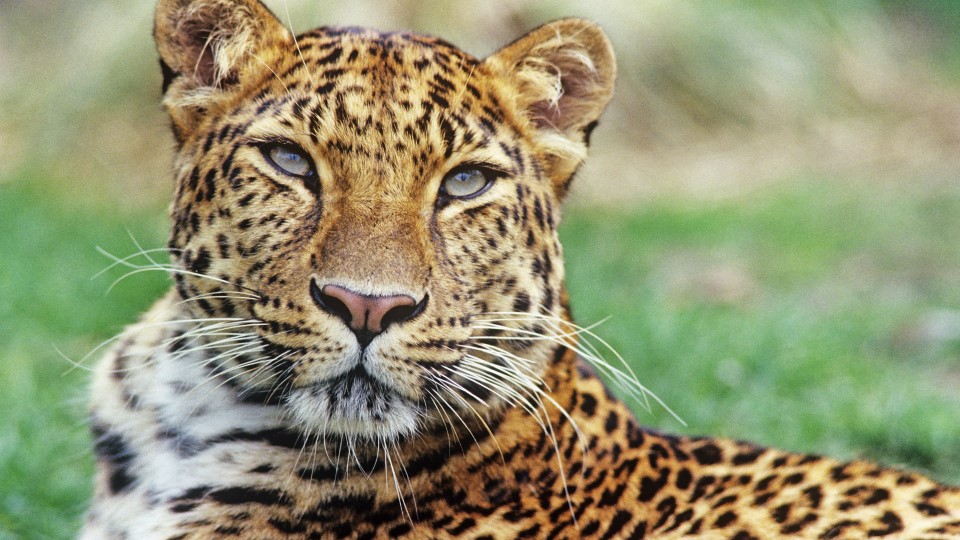Vertebrate populations have been shrinking globally for decades

Vertebrate populations are declining worldwide. The number of living mammals, amphibians, reptiles, birds and fish has shrunk by 73 percent on average over the last 50 years, according to a report by the World Wide Fund for Nature (WWF) published on Thursday. The report analyzed data on nearly 35,000 populations representing nearly 5,500 vertebrate species. Despite conservation measures, biodiversity on the whole continues to trend downward. The WWF also warns that the planet is approaching several ecological tipping points, for example for climate change or the loss of local ecosystems. Passing these tipping points would bring further negative consequences for animal populations.
The environmental organization recorded the most severe population decline in freshwater ecosystems, at 85 percent, followed by terrestrial ecosystems (69 percent) and marine ecosystems (56 percent). Freshwater fish suffer most from encroachment on their habitat – like structural alterations along their migratory routes. Many of the ocean fish species covered in the report are fished commercially. Some fish stocks have been able to recover, thanks to conservation measures and catch quotas. The state of shark and ray populations, however, remains critical, according to the report.
Biodiversity ensures the survival of humanity both directly and indirectly, the report argues. Kathrin Samson of WFF Deutschland warns that people are destroying the very basis for their own survival. “Our health, our food supply, our access to clean water, the stability of the economy and tolerable temperatures depend on intact ecosystems and healthy wildlife populations. What we need for a good and secure life is at risk, thanks to our way of life.”
Exported environmental destruction
One example of a threatened population is that of the cod, which lives in the northern Atlantic Ocean and western Baltic Sea. The situation is dire: cod stocks declined by 77 percent between 2000 and 2023. Populations of Amazon pink river dolphins and of the smaller Tucuxi dolphin in Brazil’s Mamirauá reserve are also at risk. From 1996 to 2016 they declined by 65 and 75 percent, respectively. “In 2023 more than 330 river dolphins died in just two lakes during a period of extreme heat and drought,” the WWF reports.
The most severely impacted regions are Latin America and the Caribbean (95 percent), Africa (76 percent), and the Asia and the Pacific region (60 percent). Some causes for the decline in biodiversity in Latin America and Africa can be traced to other regions, like the demand for agricultural products or raw materials. The consumption patterns of people living in Europe, for example, have an impact on the environment in distant nature-rich regions from which Europe imports materials.
Myriad causes
All the causes for the extinction of species are human in origin, according to the WWF. Changes wrought by humans alter animal habitats – or destroy them entirely. Habitats are degraded by “unsustainable agriculture, logging, transportation, residential or commercial development, energy production and mining.” Rivers and streams are threatened by “fragmentation” and “abstraction of water,” marine habitats by “bottom trawling or dredging.”
Other human-induced threats include overexploitation by hunting or poaching; climate change; environmental pollution; and invasive species and disease. The latter are introduced into new regions either by humans directly or by animal species whose distribution has grown wider as a result of climate change.
Certain threats have a greater impact on the decline in populations, depending on the region: In Africa, for example, large mammals serve as a resource, particularly for the rural population. Because of this, “overexploitation is more commonly reported as a threat” to populations on the continent. In the island ecosystems of Asia and the Pacific, invasive species and disease are prominent threats, alongside habitat destruction and overexploitation. The effects of climate change are also more pronounced there than elsewhere.
In Europe and Central Asia habitat destruction is the central threat to native biodiversity. Pollution and the appearance of invasive species are also contributors. The effects of climate change, however, are not yet as clearly discernible as in other regions.
In Latin America and the Caribbean, much biodiversity is lost by “the conversion of grasslands, forests, and wetlands.” Climate change and the overexploitation of certain animal groups are also a problem. In North America the threats caused by pollution and invasive species are relatively pronounced.
Conservation measures are effective
In light of the situation, the WWF calls on the global community to strengthen efforts to protect biodiversity and ecosystems. “We must respond with new strategies and concepts to save what biodiversity can still be saved in the coming years,” WWF Deutschland writes in the German-language summary of the report. More protected areas must be established, the rights and needs of indigenous peoples must be respected, and so-called “nature-based solutions” must be found. The WWF also calls for the transformation of the food, energy and finance systems.
The report cites individual examples to show that measures to protect species do help: the European bison, for example, was extinct in the wild in 1927. Today there are roughly 6,800 bison in Europe, living largely in protected areas. Another example is that of the mountain gorillas in the Virunga Massif, whose population now comprises roughly 700 individuals.
“The next five years will be crucial for the future of life on our earth,” warns Samson of WWF Deutschland. “We can still turn the tide and halt the loss of biodiversity.” But in order to do this, the transformation of the economy and society must happen faster.
The WWF has published its Living Planet Report since the 1970s. It is meant to document changes in global biodiversity. For this year’s report, the WWF worked in collaboration with the Zoological Society of London to study nearly 35,000 global populations of almost 5,500 vertebrate species throughout the world. (hcz)